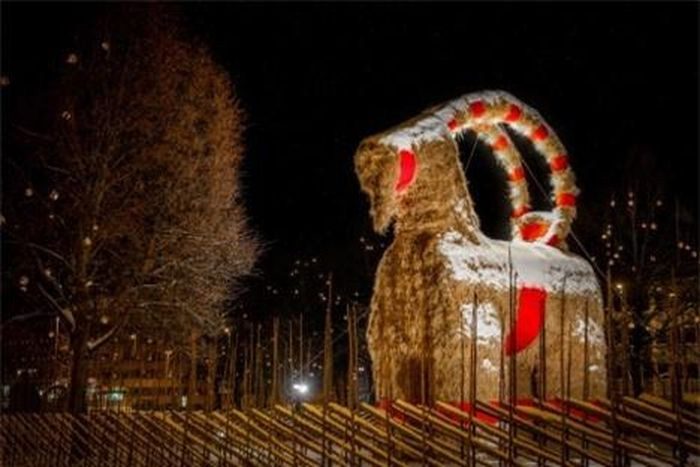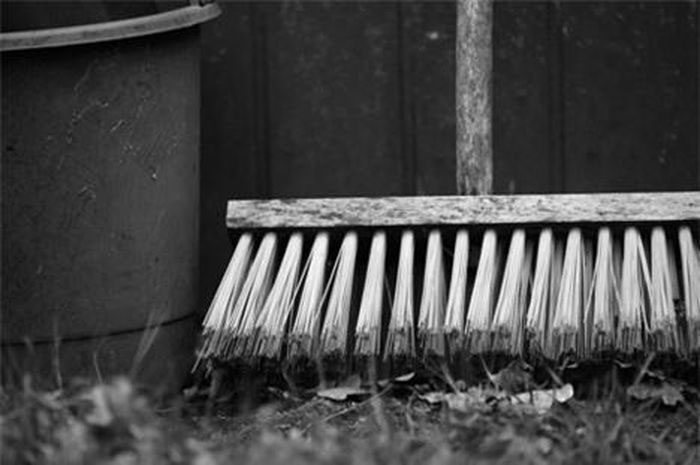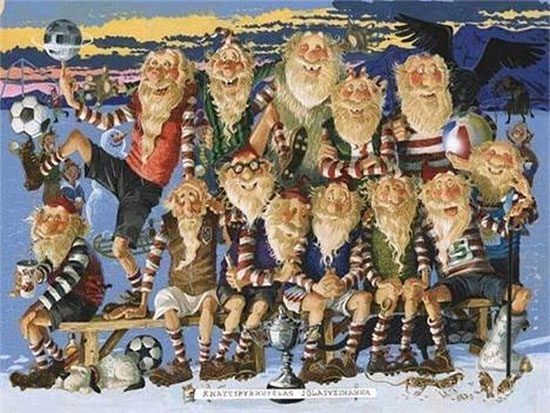Here are some quirky Christmas traditions that have originated from around the world.
Top 7 Strange Christmas Traditions Worldwide
Christmas is one of the most celebrated holidays globally, with over 2 billion people participating in Christmas traditions worldwide each year. Even in countries with few Christians, Christmas is still considered an important celebration.
However, when you compare Christmas traditions around the world, the differences become much more pronounced—especially considering that many of these traditions did not even begin with Christmas.
1. The Swedish burn a giant goat

Every year, on the first Sunday of December, the people of Gävle, Sweden erect a gigantic straw goat in the town’s main square. It stands proudly, bringing cheer to the chilly winter days. Unfortunately, vandals often find ways to set it on fire.
Julbocken (the Christmas goat) has caught fire almost every year since it was first erected in 1966, and now, every year, Swedes closely follow the news to see if it can survive Christmas.
Authorities have tried various methods to deter people from burning the goat, including installing surveillance cameras and treating the straw with fire-resistant materials. They had brief success in 2015 when the goat survived until Christmas Eve—only to be burned down two days later.
2. The Japanese eat KFC

In Japan—a country with few Christians and no traditional Christmas celebrations—marketing experts have convinced people that eating KFC is a festive holiday tradition.
This trend began in the 1970s when foreign tourists visiting Japan opted for KFC as a substitute for the traditional turkey during Christmas. With a little help from advertising, this trend exploded among locals.
Today, reports indicate that sales at KFC restaurants during Christmas are five times higher than at other times of the year, with many customers placing their fried chicken orders months in advance.
3. The Spanish create a figurine of a person “defecating”
In Catalonia, Spain, the traditional nativity scene takes on a stranger twist.
Every year, in the weeks leading up to Christmas, “el caganer” appears in Catalonia. These are ceramic figurines depicting a Catalan farmer…defecating.
No one is really sure where this quirky tradition originated, but it is thought to relate to “fertilizing” to ensure a bountiful harvest and bring good luck in the new year. These strange figurines have been part of the local Christmas celebration for centuries.
4. Norwegians hide their brooms

Norwegians have a tradition of hiding their brooms out of sight on Christmas Eve. Beyond wanting to avoid cleaning during the holiday, they believe in an old legend that says if their broom is left out overnight, wicked witches will steal them, riding off and wreaking havoc throughout Christmas.
5. Icelanders receive gifts from the Yule Lads

Not Santa Claus, children growing up in Iceland can expect visits from 13 distinct Yule Lads in the days leading up to Christmas, who will leave behind either a nice gift or a rotten potato, depending on the child’s behavior—in a shoe at the foot of their bed.
Not all Yule Lads are friendly, so children must reflect on their misdeeds leading up to Christmas.
6. Mummers (Latvia)

In Latvia, “mummers” (amateur actors) dress up as animals like cranes, goats, wolves, bears, horses, or horror characters symbolizing death. They must conceal their identities, wearing masks and altering their voices to ensure that people in their community do not recognize them. Mummers will go door-to-door to ward off evil spirits with music and traditional songs. Families will invite them in for food and drink. If recognized while in costume, mummers must remove their masks.
7. Mari Lwyd

Though the origins of the Mari Lwyd tradition are relatively obscure, most scholars agree that it began as a pagan ritual. The tradition itself involves a group of people parading a horse’s skull around town, dressed in a white cloak with ribbons or ivy trailing like a “mane.”
The group goes to each house with the skull, singing Welsh songs or participating in a ritual called pwnco, a rhyming game where participants exchange playful, rude retorts. If the homeowner loses, they must invite the Mari Lwyd group inside, which is considered a sign of good luck for the year. If they win, the Mari Lwyd must throw a party for them.


















































